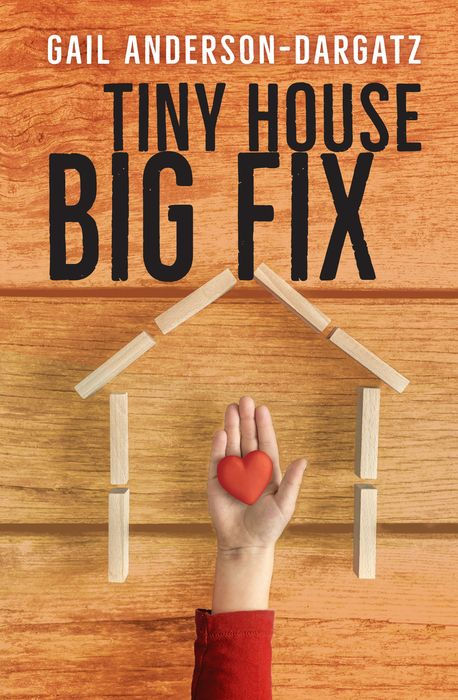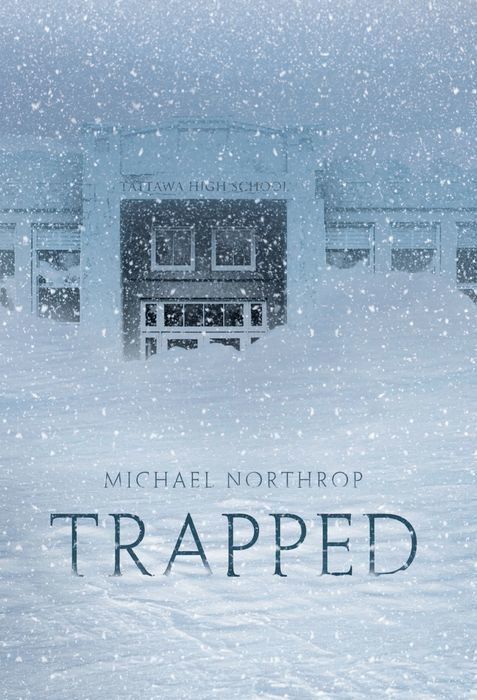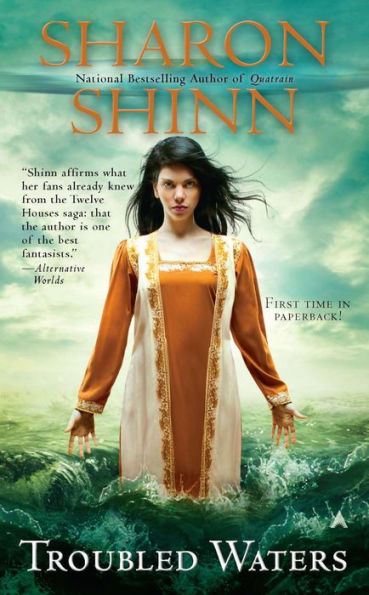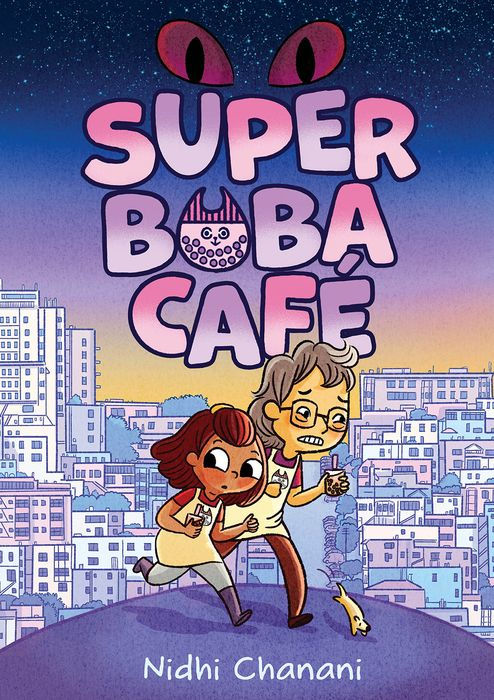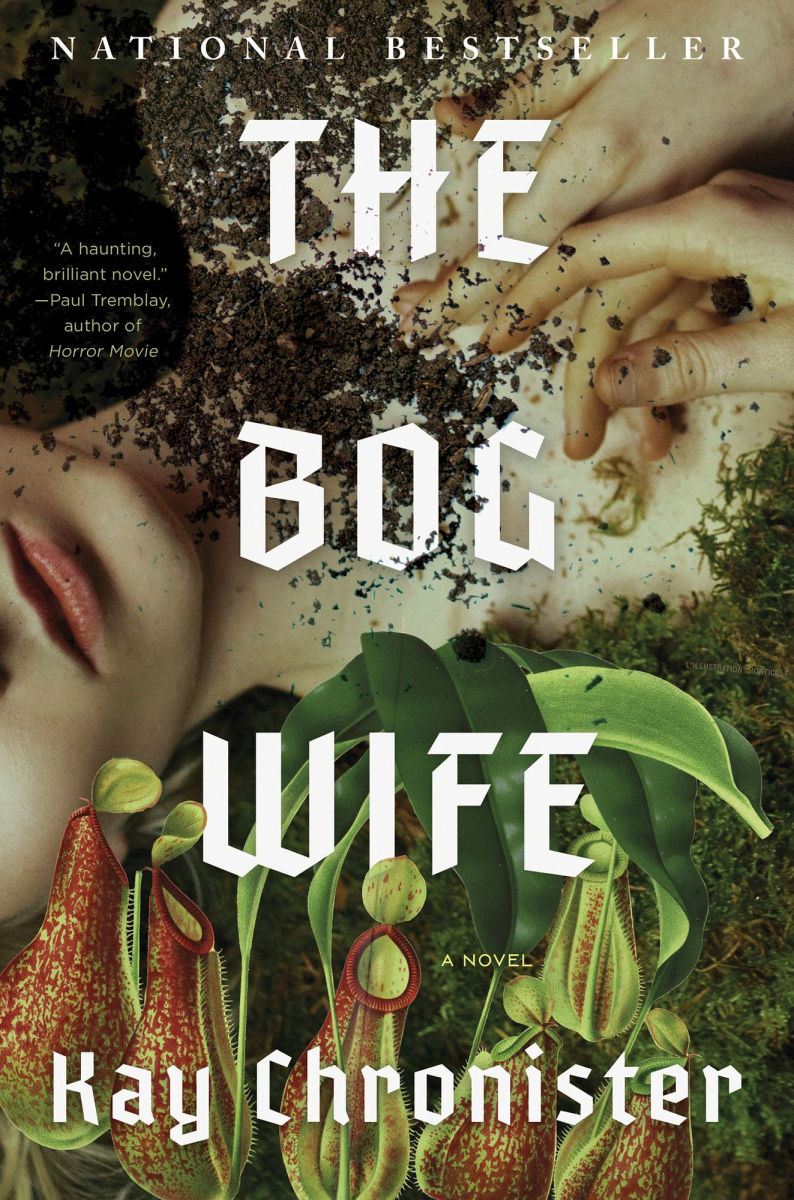The Disaster Days, by Rebecca Behrens
Aug. 18th, 2025 01:08 pm
13-year-old Hannah, who lives on a tiny island off Seattle, is excited for her first babysitting job. Then a giant earthquake hits, cutting the island off from the mainland... and leaving Hannah alone in charge of two kids in a devastated landscape.
Hannah is not having a good day. She was recently diagnosed with asthma, forcing her to drop out of soccer and always carry an inhaler. Her best friend Neha, a soccer star, is now hanging out more with another soccer girl than with Hannah. Hannah forgets to bring her inhaler with her to school, and her mom doesn't turn around the car to get it as Hannah is desperate not to be late. When she arrives for her babysitting job after school, minus her inhaler (no doubt looming ominously on the mantelpiece at home, along with Chekhov's gun), she gets in a huge fight with Neha over text and the girls say they no longer want to be friends...
...just as a giant earthquake hits! Hannah gets her charges, Zoe and Oscar, to huddle under a table (along with their guinea pig) and no one is injured. But the windows break, the house is trashed, and the power, internet, and phones go out. The house is somewhat remote, an all-day walk from the next house. What to do?
Hannah is a pretty realistic 13-year-old. She's generally sensible, but makes some mistakes which are understandable under the circumstances, but have huge repercussions. She enlists the kids to help her search for her phone in the wreckage of the house, and Zoe immediately is severely cut on broken glass. The kids freak out because their mom (along with Hannah's) is on the mainland, and Hannah calms them down by lying that she got a text from their mom saying that she's fine and is coming soon. The next morning, she lets Oscar play on some home playground equipment. Hannah checks the surrounding area, but doesn't check the equipment itself. It's damaged and breaks, and Oscar breaks his leg. So by day one, Hannah is having asthma attacks without her inhaler, Zoe has one arm out of commission, Oscar is totally immobilized, and there's no adults within reach.
Well - this is a HUGE improvement on Trapped. It's well-written and gripping, the events all make sense, and the characterization is fine. It was clearly intended to teach kids what can happen during a big earthquake and how to stay as safe as possible, and the information presented on that is all good.
But - you knew there was a but - as an enjoyable work of children's disaster/survival literature, it falls short of the standards of the old classic Hatchet and the excellent newer series I Survived.
The basic problem with this book is that it has a very narrow emotional range. For the entire book, Hannah is miserable, guilty over her friend breakup and the kids getting hurt, worried about her parents, and desperately trying to keep it together. The kids get hurt so seriously so early on that they never have any fun. Even when Hannah tries to feed them S'Mores to cheer them up, nobody actually likes them because they're not melted!
The I Survived books have much more variety of emotional states and incidents, as typically the actual disaster doesn't happen until at least one-third of the way into the book. The kids have highs and lows, fun moments and despairing moments and terrifying moments. This book is all gloom all the time even before the disaster! Hannah eventually saves everyone, is hailed as a hero, and repairs her friendship, but we don't get that from her inner POV - it's in a transcript of a TV interview with her.
The information provided in the book is very solid, but I would have preferred that it didn't have BOTH kids get injured because of something Hannah does wrong. (That is not realistic! ONE, maybe.) It also would have been a lot more fun to read if the kids' injuries were either less serious or occurred later. The situation is desperate and miserable almost immediately, and just stays that way for the entire book.
Still, there's a lot about the book that's good and there should be an entertaining book that provides earthquake knowledge, so I'm keeping it. But I'm not getting her other book about two girls lost in the woods.
